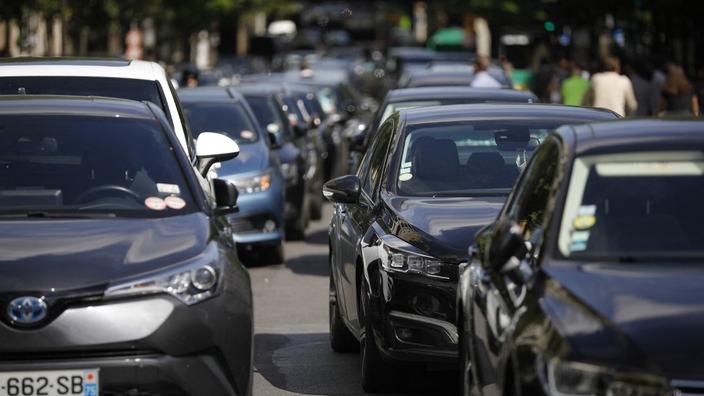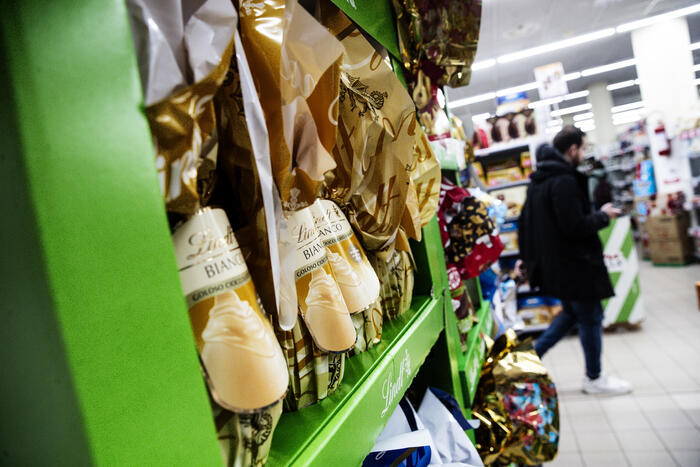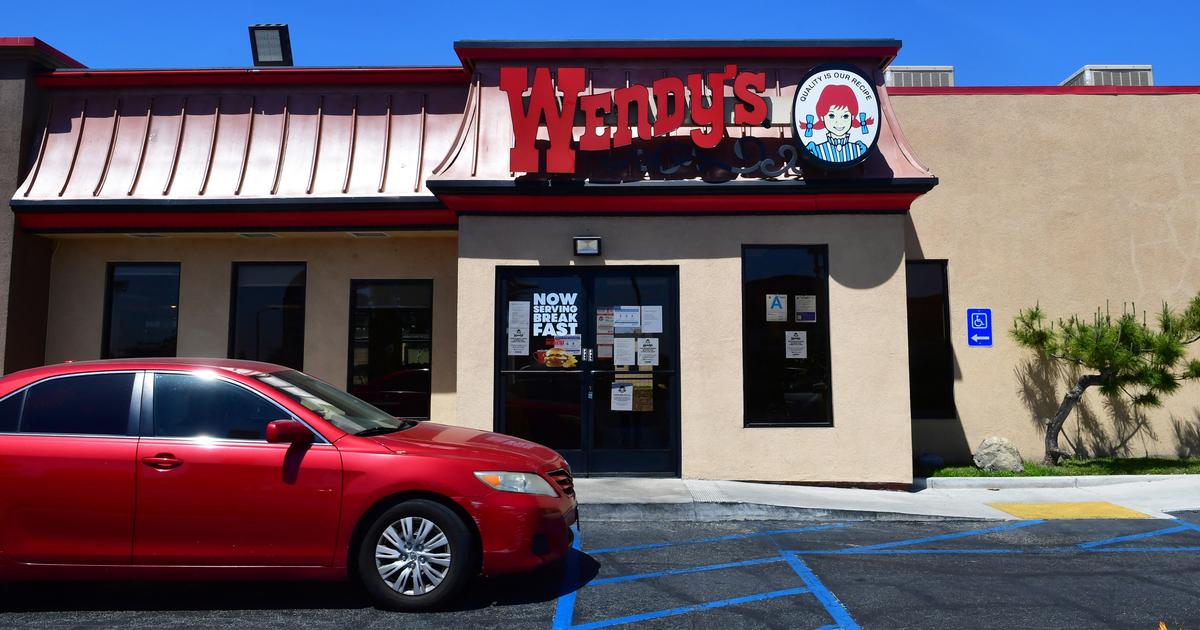Those who are used to Transport Car with Driver (VTC) services may have already noticed this.
The prices of the races have increased significantly in recent months.
The price has risen on average by 15 to 20%, according to professionals in the sector.
An unusual situation due to the lack of drivers and an increase in traffic jams.
The return to normal is expected at the end of the year.
Read also: With the takeover, Uber's VTCs are finally profitable in France
When demand is particularly high in a specific area and there are too few drivers, VTC applications set up a surcharge system to regulate the service. At Heetch, one of the VTC operators, only 20 to 25% of journeys were increased before the health crisis.
"Today, the increases concern 50% of the races"
notes Teddy Pellerin, the co-founder of Heetch for whom this increase in VTC fares is primarily due to the shortage of drivers. “
About 20% of drivers are still lacking to return to conventional prices
” gauges the entrepreneur. An explanation shared by Yves Weisselberger, president of the French Federation of passenger transport by reservation (FFTPR) and president of LeCab: “
It is the competition at the moment to attract the drivers
”supports the president. Uber, the leading operator in the sector, is also confirming the trend, while in the precovid period, 30,000 drivers used the application, they are now only 25,500.
How to explain such a shortage of drivers? "
Most VTC drivers
[78% at Uber]
have had recourse to aid from the Solidarity Fund during confinement and still some benefit from it and therefore do not work
" explains the President of the FFTPR. The end of support for the self-employed, scheduled for September should, however, change the situation without putting an end to the shortage, “
there is still a high turnover in the profession but this year the demand for new drivers will be more important than usual
”. Some VTC drivers, like other employees in affected sectors such as catering, have indeed retrained during the health crisis without waiting for a resumption of activity.
A VTC exam too difficult
To meet this significant demand for new drivers, operators want to facilitate access to the profession.
But the operation is not so simple, according to the professionals of the VTC services who denounce an "
examination to obtain a VTC card (...) difficult, long and filtering, with a success rate of 50%
".
A year and a half ago, the FFTPR had already requested a simplification of the examination from the Ministry of Transport, which is in charge of it, without success.
"
It's very simple, it can be done by decree and yet we are still waiting
" annoys Yves Weisselberger, who emphasizes that, as a result, many jobs can be created.
Read also: Uber Eats settles in small towns: quite a symbol
The increase in prices for VTC trips is also explained by longer journey times.
"
With the resumption of activity in June, there was a lot of traffic jams
" observes the president of the FFTPR for whom this disturbed traffic is not only cyclical.
“A
lot of roads are closed, or only offer one lane
”, in particular for the benefit of bicycle or public transport facilities.
To make matters worse, it would seem that "
people take their personal cars more often
" for fear of being contaminated in public transport, adds Teddy Pellerin.
A return to normal estimated for December
These difficulties established, when can we expect a return to normal? For users of private driver services, it will be necessary to wait until December or January to find the usual rates, believes Yves Weisselberger: "
there is always a seasonality, demand is very strong between June and September and falls at the end of the year
" . Uber, which is not part of the FFTPR, says for its part "
confident
" for a recovery in September with "
the gradual end of the solidarity fund (...) and a demand which should continue to increase and which will attract drivers
”. The leader of the VTC also intends to continue its "
investments to facilitate the return of drivers
". In this very competitive market, the various operators will have to fight to keep their drivers.









